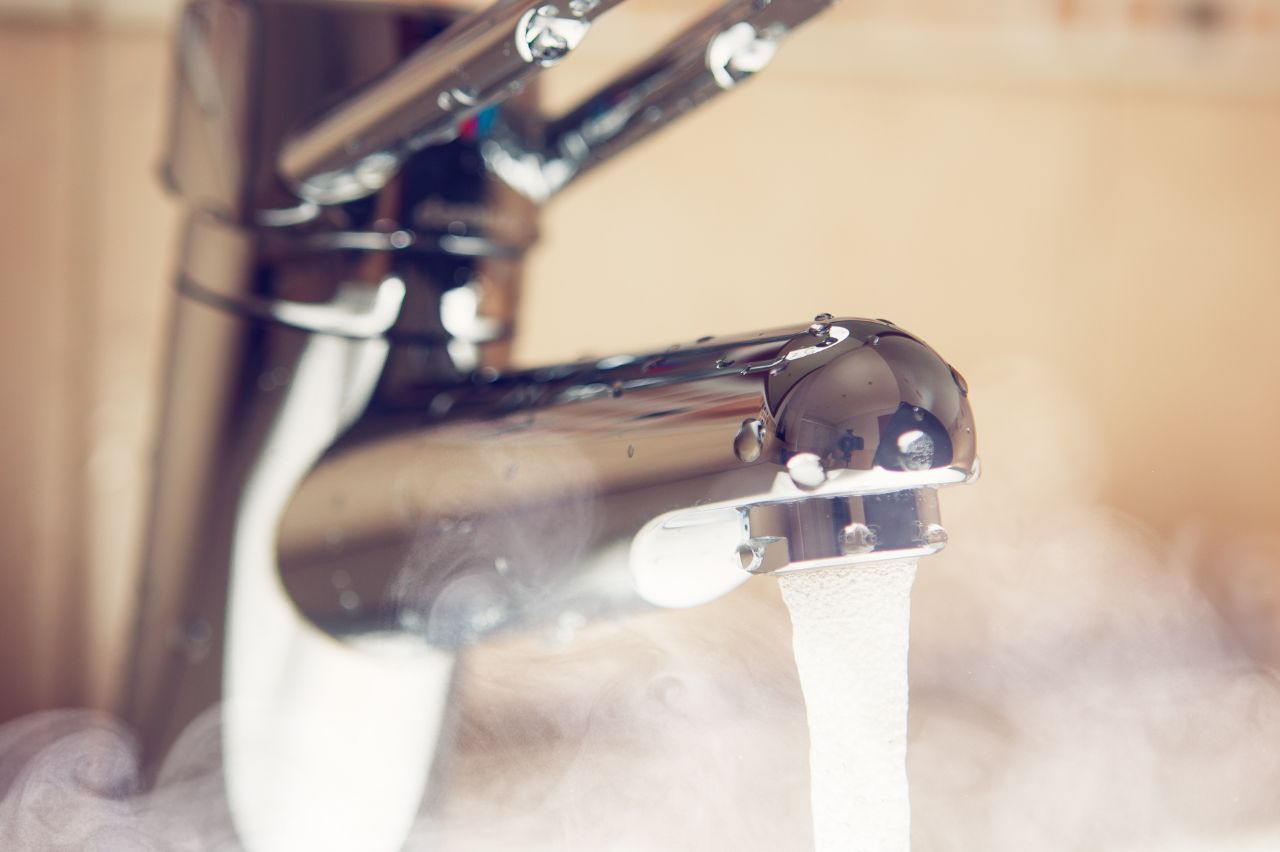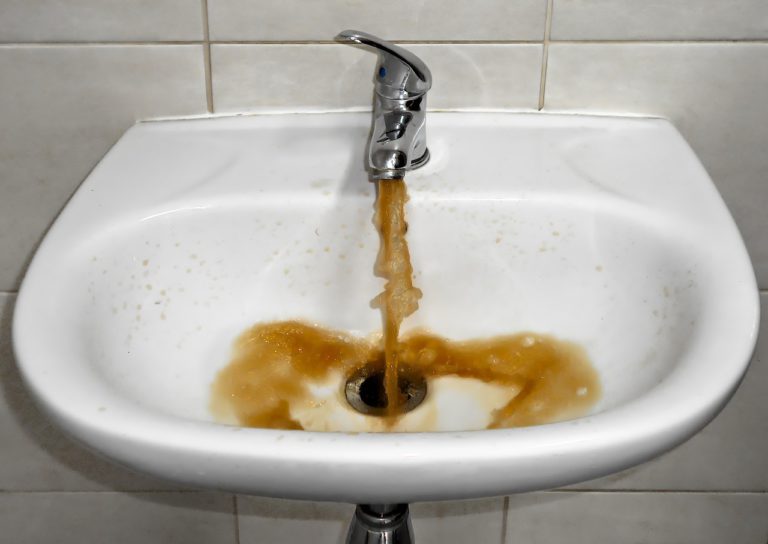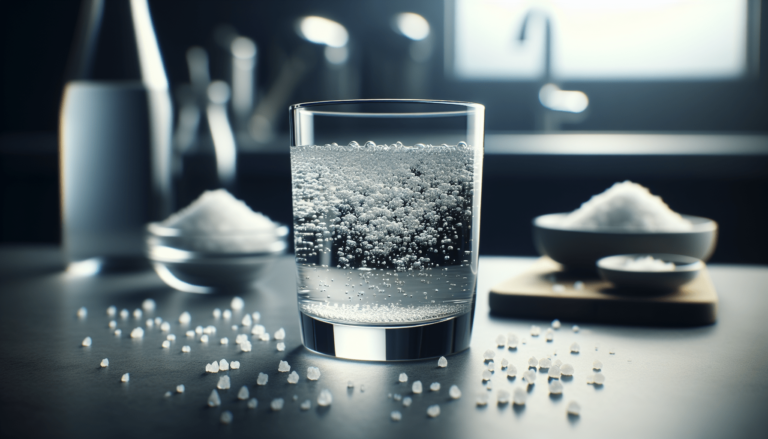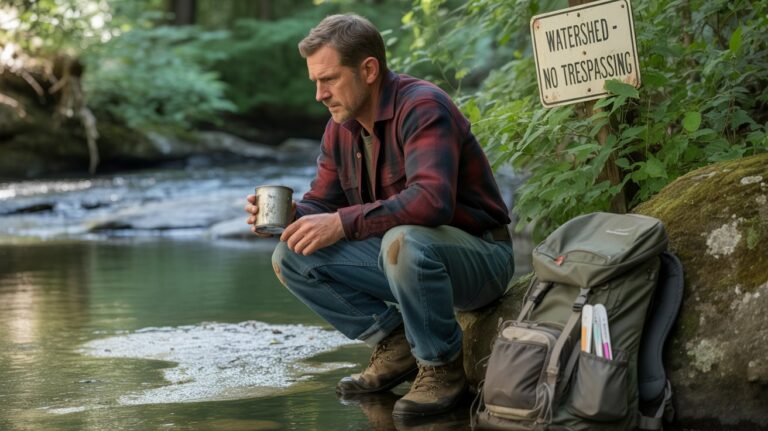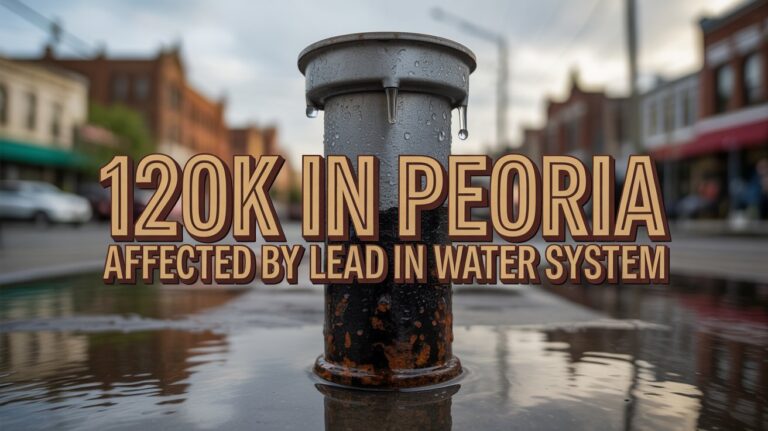Exploring the Causes of Cloudy Water in Your Tap
Have you ever turned on your tap, eagerly anticipating a refreshing glass of water, only to find it looking cloudy or murky? While this can be a bit unsettling, it’s actually quite a common issue experienced in many households. Understanding why your tap water appears cloudy can help you address any concerns or necessary actions you should take. Let’s dive into this topic to discover what might be causing the cloudy appearance and what you can do about it.

What Causes Cloudy Tap Water?
Cloudy tap water, often referred to as “turbid water,” can be caused by a variety of factors. While sometimes these factors are completely harmless, in other instances, they might require some action on your part. Recognizing the cause is the first step towards understanding whether you need to be concerned.
Air Bubbles
One of the most common and benign causes of cloudy water is simply air bubbles. These bubbles can form when the water pressure changes as it flows through the pipes leading to your tap. This happens especially if the water is cold, as cold water can hold more dissolved air. When the water warms up in your glass or sink, the air escapes, making the water look cloudy temporarily. This cloudiness should dissipate after a few seconds.
Sediment and Particles
Sediment and particles may also cause your tap water to appear cloudy. Sediment consists of small solid particles, usually made of mineral deposits, rust from old pipes, or organic matter. This can happen when there is a disruption in the water main, leading to increased sediment in the water supply.
| Type of Sediment | Possible Sources |
|---|---|
| Mineral Deposits | Lime, calcium build-up |
| Rust | Old or corroded pipes |
| Organic Matter | Plant material, algae |
Hard Water
If your water is consistently cloudy, you might be dealing with hard water, which contains high levels of minerals such as calcium and magnesium. These minerals can cause the water to appear cloudy and may lead to limescale buildup on your fixtures and appliances over time.
Treatment Processes
The treatment process used by your local water utility can also introduce a temporary cloudiness to your tap water. During treatment, chemicals like chlorine are added to remove harmful bacteria and impurities. Sometimes, the presence of these chemicals can cause water to appear cloudy until the substances are fully dissolved and dissipated.
Health Implications of Cloudy Tap Water
It’s important to determine if cloudy water might pose any health risks to you and your family. Generally, water cleansing processes regulated by authorities ensure that tap water is safe to drink, even if it appears a little cloudy. However, there are instances where further scrutiny is required.
When It’s Harmless
When cloudy water is due to air bubbles, it poses no health risk and is safe to drink. Similarly, the minerals that cause hard water are typically not harmful to health, although they can have an impact on household appliances over time.
When to Be Cautious
If your water remains cloudy and does not clear after settling, it may be indicative of other issues such as high levels of sediment or the presence of contaminants. In such cases, it’s advisable to test your water for contaminants or consult with your water provider for further guidance.
How to Test Your Tap Water
Testing your tap water can provide peace of mind and offer a deeper understanding of what’s causing the cloudiness. There are basic tests you can perform at home as well as professional services for more comprehensive analysis.
Home Testing Kits
Home water testing kits are widely available and offer a convenient method to check for common issues such as pH levels, hardness, chlorine content, and the presence of lead or other heavy metals. These kits are easy to use and provide immediate results.
Professional Water Testing
For a more thorough examination, professional water testing services analyze your water for a broader range of contaminants. This could include microorganisms, total dissolved solids, volatile organic compounds, and more. These services often provide detailed reports, helping you to take informed actions.
Solutions for Cloudy Tap Water
Once you’ve identified the cause of the cloudiness, you can explore solutions to ensure your tap water is clear and safe.
Simple Remedies
- Let It Settle: For air bubble cloudiness, simply let the water sit for a few moments. The cloudiness should dissipate naturally.
- Install Aerators: Aerators can help regulate water flow and minimize air bubble formation.
Addressing Hard Water
- Water Softeners: Installing a water softener can reduce the mineral content in hard water, minimizing cloudiness and preventing scale buildup.
- Vinegar Rinses: Use vinegar to clean fixtures and appliances. This can help dissolve limescale caused by mineral deposits.
Professional Solutions
- Pipe Cleaning: Hire a professional to clean or replace old corroded pipes, reducing the risk of sediment and rust causing cloudiness.
- Enhanced Filtration: Consider advanced filtration systems for your home. These systems can effectively remove sediment, minerals, and other potential contaminants.

Understanding Your Municipal Water Quality
If the cloudiness persists or you suspect it might be linked to the quality of your local water supply, contacting your water provider for more information is an excellent step.
Water Quality Reports
Most local water utilities provide annual water quality reports, which offer insights into the substances present in your water supply. Reviewing these reports can help you understand what potentially contributes to your water’s cloudiness.
Communication with Authorities
If you find anything alarming or confusing in the report, don’t hesitate to reach out to your local water authority. They can offer specific explanations and additional testing if required. Moreover, they can inform you if there are any planned maintenance activities that might temporarily affect water clarity.
Preventive Measures for Clear Tap Water
Taking preventive steps can help maintain the clarity of your tap water and ensure its safety.
Regular Plumbing Maintenance
Keeping your plumbing in good condition is crucial. Regular inspections and maintenance can catch issues before they become serious, especially potential rust or sediment build-up in your pipes.
Consistent Monitoring
Make a habit of periodically assessing your water clarity. Rapid changes in appearance might indicate an underlying issue needing attention.
Upgrading Equipment
If your water quality consistently falls short, it might be worth investing in upgraded plumbing materials or water treatment tools to enhance water clarity and quality.
Conclusion
Cloudy water coming from your tap can undoubtedly be perplexing, but it’s usually not catastrophic. By understanding the common causes, potential health implications, and available solutions, you can take well-informed actions to rectify the issue. Whether it’s a simple case of air bubbles or an indicator of a more complex underlying problem, being proactive and informed is your best approach to ensuring the water you and your family consume is as clear and safe as possible.

